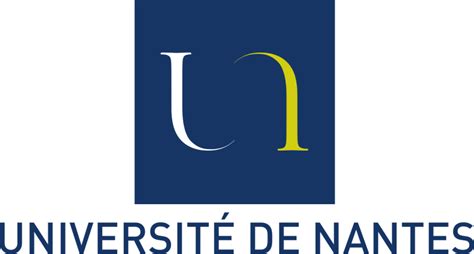hCTLA4-Ig transgene expression in keratocytes modulates rejection of corneal xenografts in a pig to non-human primate anterior lamellar keratoplasty model
Résumé
Human corneal allografting is an established procedure to cure corneal blindness. However, a shortage of human donor corneas as well as compounding economic, cultural, and organizational reasons in many countries limit its widespread use. Artificial corneas as well as porcine corneal xenografts have been considered as possible alternatives. To date, all preclinical studies using de-cellularized pig corneas have shown encouraging graft survival results; however, relatively few studies have been conducted in pig to non-human primate (NHP) models, and particularly using genetically engineered donors.
In this study, we assessed the potential benefit of using either hCTLA4-Ig transgenic or α1,3-Galactosyl Transferase (GT) Knock-Out (KO) plus transgenic hCD39/hCD55/hCD59/fucosyl-transferase pig lines in an anterior lamellar keratoplasty pig to NHP model.
Corneas from transgenic animals expressing hCTLA4-Ig under the transcriptional control of a neuron-specific enolase promoter showed transgene expression in corneal keratocytes of the stroma and expression was maintained after transplantation. Although a first acute rejection episode occurred in all animals during the second week post-keratoplasty, the median final rejection time was 70 days in the hCTLA4-Ig group vs. 21 days in the wild-type (WT) control group. In contrast, no benefit for corneal xenograft survival from the GTKO/transgenic pig line was found. At rejection, cell infiltration in hCTLA4Ig transgenic grafts was mainly composed of macrophages with fewer CD3+ CD4+ and CD79+ cells than in other types of grafts. Anti-donor xenoantibodies increased dramatically between days 9 and 14 post-surgery in all animals.
Local expression of the hCTLA4-Ig transgene dampens rejection of xenogeneic corneal grafts in this pig-to-NHP lamellar keratoplasty model. The hCTLA4-Ig transgene seems to target T-cell responses without impacting humoral responses, the control of which would presumably require additional peripheral immunosuppression.
